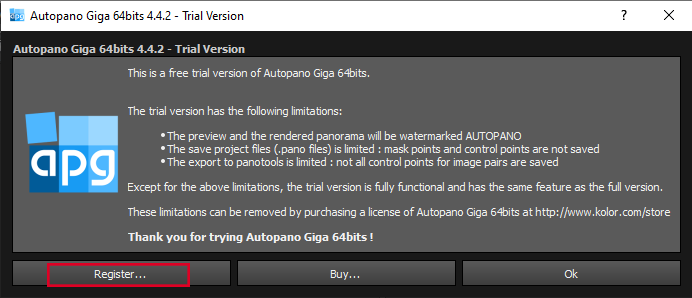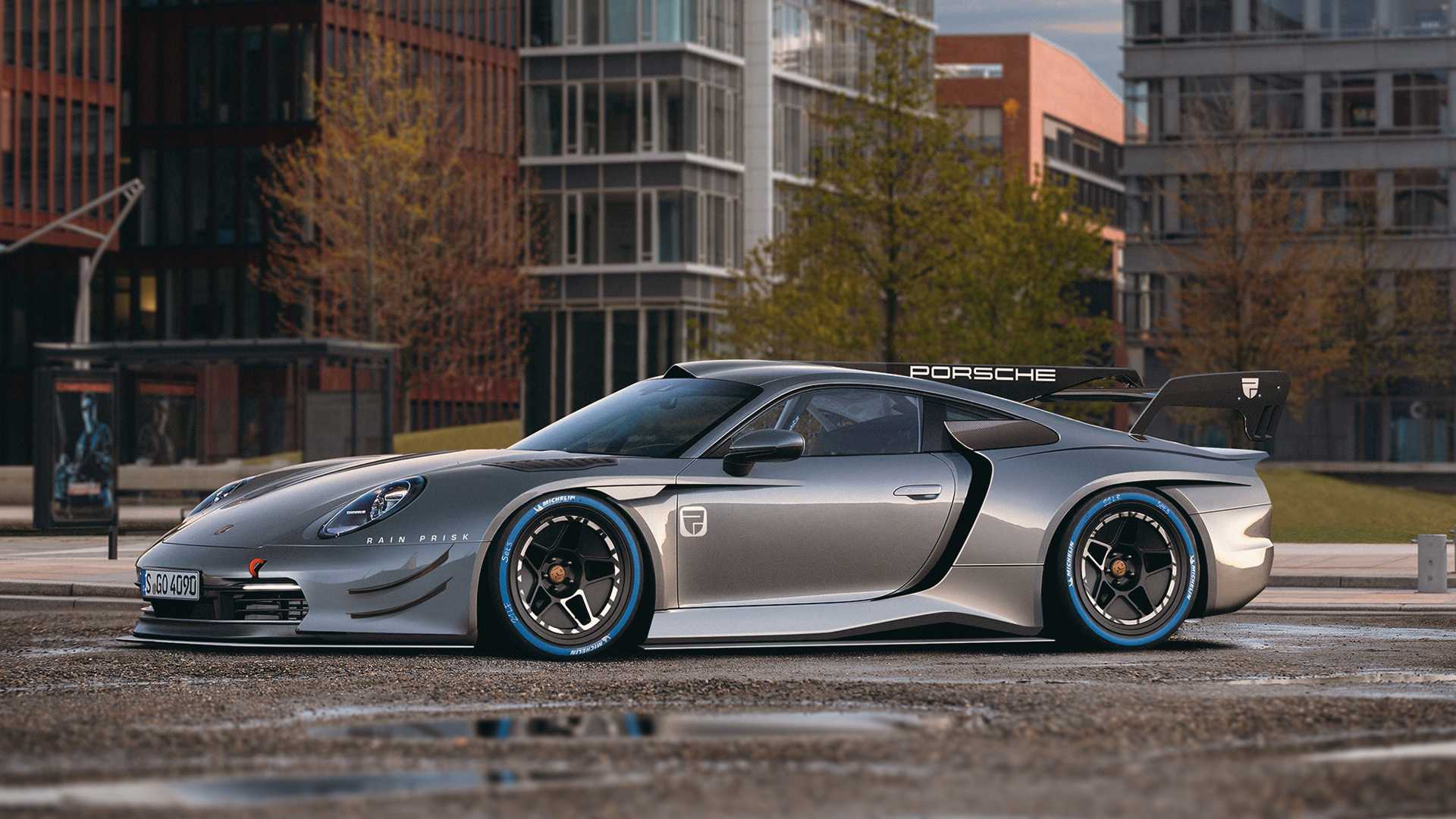
Faster rendering in autopano video plus#

Select the filtering algorithm to use when remapping pixels from their original positions to new positions.

If not used, this defaults to root.format or root.proxy_format defined in the Project Settings. This can be used to composite a background image into the scene and to determine the output resolution. A Scene node that is connected to the objects and lights you want to render, orĪn optional background input.If the camera input is not connected, C_RayRender uses a default camera positioned at the origin and facing in the negative Z direction. The scene is rendered from the perspective of this camera. Inputs and ControlsĪn optional camera input.
Faster rendering in autopano video full#
C_RayRender can processes full 360 renders relatively quickly, and it includes a number of controls to improve the quality of stereo views towards the poles, when you look up or down wearing a headset.

The rendered 2D image is then passed along to the next node in the compositing tree, and you can use the result as an input to other nodes in the script.Ĭ_RayRender is included with CaraVR as an alternative to Nuke's ScanlineRender because it is particularly suited to working with latlong material. When connected to a Scene node, the C_RayRender node renders all the objects and lights connected to that scene from the perspective of the Camera connected to the cam input (or a default camera if no cam input exists). Ray rendering is a 3D to 2D process, so there's some setup involved before you can use C_RayRender. C_RayRender is based on the vanilla Nuke RayRender node, but it also includes a Camera tab to reconstruct stereographic VR sequences using slit scan techniques.


 0 kommentar(er)
0 kommentar(er)
